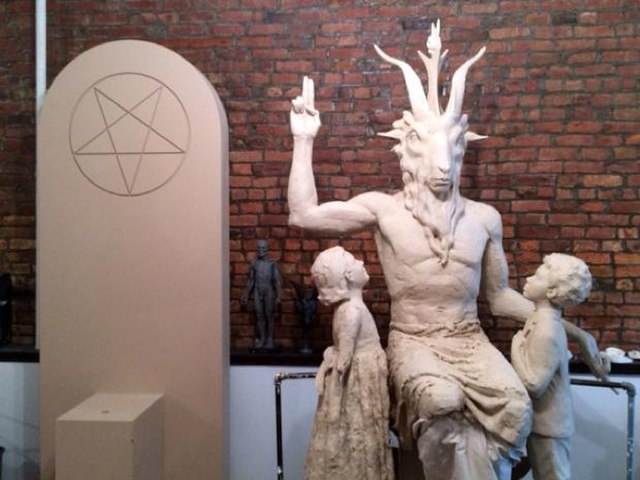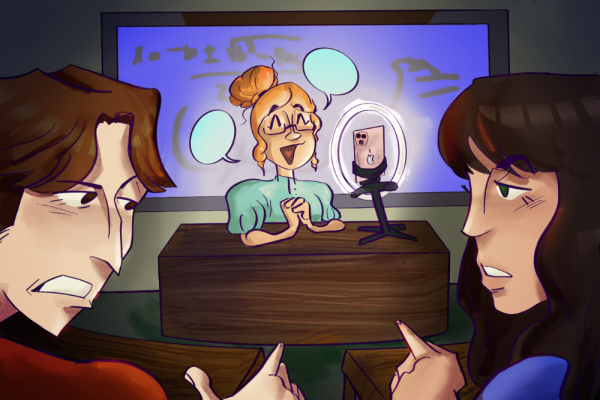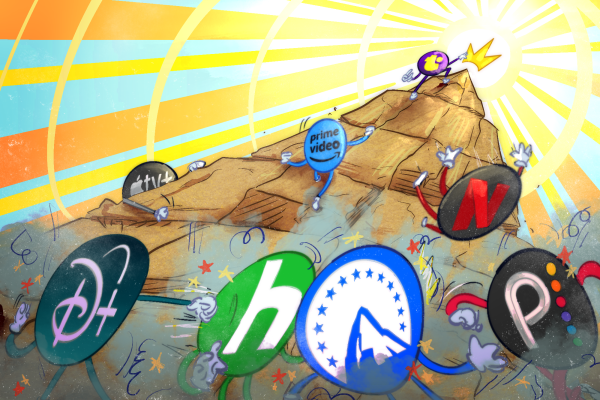Playing the devil’s advocate
Why satanism isn’t as demonic as its made out to be
As a refresher, the First Amendment of the U.S. Constitution has two provisions in regards to religion, one to prevent the government from establishing an official religion in the country and another permitting free exercise of religion.
Despite the right to practice religion freely, it cannot be said that all religions are fiercely protected or given the same respect. One religion that falls victim to constant scrutiny and wrongful representation is satanism.
Cannibalism, heavy metal music with lyrics exploring topics about murder and violence, slaughtering small animals and covering oneself in blood surrounded by a fire are some depictions of satanism one can find in mainstream media.
The notion that satanism revolves around sadistic ritual abuse is not only wrong but can be construed as religious propaganda.
The Satanic Panic
With prolific serial killers like Richard Ramirez citing a satanic influence behind their crimes and popular movies like “The Conjuring: The Devil Made Me Do It” and “The Exorcist” instilling fear of the devil possessing everyday people, it’s easy to think that satanism is inherently evil.
The fear of satanism is even easier to have in a country like the U.S. where over 70% of the population identifies with Christianity.
In common Christian beliefs, satanism is considered to be a conspiracy against Christian faith, especially as Satan is seen as the epitome of evil and is believed to act in opposition to the gospel.
Due to such fear, a mass hysteria surrounding satanism occurred in the ‘80s known as the Satanic Panic.
The moral panic occurred after a book called “Michelle Remembers” was published in 1980. The book is 328 pages worth of a woman’s story in a time in her life where she was offered to a cult of devil worshippers by her mother and the abuse she endured from them.
The woman claimed to have been abused by members of the Church of Satan since her childhood. As a result, a flood of unfounded allegations of satanic ritual abuse in places like day care centers was unleashed, law enforcement were on the hunt for pagan symbols, parents dug under preschools looking for secret chambers where children were being abused, rock ‘n’ roll music was feared and household goods that were suspected of having “demonic imagery” were faced with lawsuits.
The book was very popular and became such a popular piece of media that the woman who the book is about was featured on Oprah Winfrey’s show, which only further spread the fear that satanism was out to harm everyone, especially young vulnerable children.
The book eventually was discredited but the sense of paranoia remained.
The Satanic Panic became a reflection of a witch hunt and hundreds of people were charged with crimes in relation to satanism during this time.
While the mass hysteria has died down, tensions revolving fear of satanism remain as seen by celebrities like Lil Nas X, Travis Scott, Sam Smith and Gisele Bundchen being accused of devil worship over non-issues.
In addition to those accusations, modern right-wing political conspiracy theory movement QAnon instills ideas that politicians and prominent social figures are abusing children in the name of Satan after selling their souls for power and spreading satanic messages through mainstream media for everyone to consume.
Hate for the religion is born from the lack of education and understanding and an overarching fear of a decline in Christianity’s popularity, but when Satanism is looked at from a non-God fearing lens, it is not the demonic cult it is inaccurately seen as.
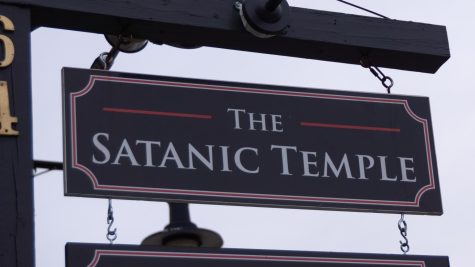
Branches of satanism
There are two different types of satanism: The Church of Satan and The Satanic Temple. The Church of Satan was created by American author Anton Szandor LaVey in the ‘60s and follows The Satanic Bible which La Vey authored in 1969. Beliefs of the Church of Satan revolve around Nine Satanic Statements, Eleven Satanic Rituals of the Earth and Nine Satanic Sins that endorse ideas of encouraging indulgence instead of abstinence, getting revenge, avoiding conformity which is seen as sinful, believing in magic and “destroying” those who disrespect you. Fundamental beliefs from the Church of Satan revolve around being self-centered, worshiping oneself and not a god, individualism and refusing to settle for injustices.
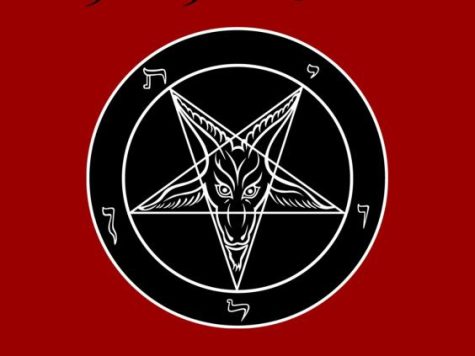
In regards to the Satanic Temple, this branch wasn’t established until 2013 by social activists Lucien Greaves and Malcolm Jarry. The Satanic Temple does not follow a particular Bible and instead follows something referred to as Seven Fundamental Tenets. These tenets are inspired by 18th century Enlightenment values and include beliefs of respecting the freedoms of others, reliance on science and being empathetic and compassionate to all people. Since its creation the Satanic Temple has become the primary religious satanic organization.
Satanism isn’t actually satanic
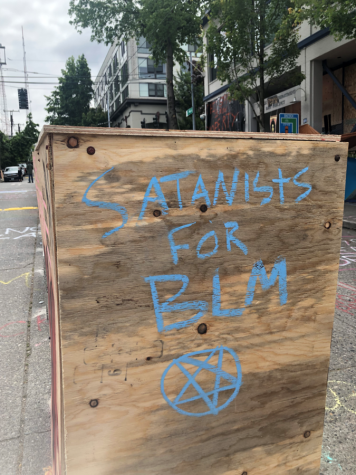
Something to note is that in satanism, or at least in the Satanic Temple, social justice and activism are vital to the religion. This is especially seen in the fact that the Satanic Temple openly supports bodily autonomy and has since filed several lawsuits against different state governments following the overturning of Roe v. Wade. The Satanic Temple even has its own reproductive rights initiative.
In comparison, ironically enough, both the Church of Satan and Satanic Temple don’t actually believe in Satan as a god or even a being, making them non-theistic. In fact, those that believe in the devil and cite him as the guiding force in their acts are actually considered devil worshippers, which is different from a satanist as seen above.
In short, they are both vehemently against sacrifice of any kind.
Satanism is a religion that has a capability of promoting benevolence and rejection of tyrannical authority said to focus on secular humanism and hedonism. The U.S. Department of Justice even supports the idea that most genuine satanists pose no real threat or concern to society. That being said, it would not appear that satanists have an innate wickedness and that to find satanism to be satanic would be ignorant and indicate that someone is ill-informed as to what beliefs the religion actually subscribes to.



